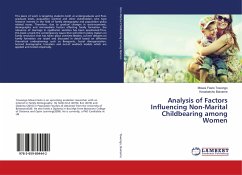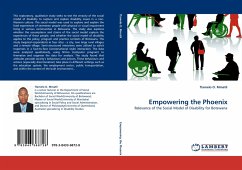This book presents the key findings of a study that used a combination of quantitative and qualitative data to explore the dimensions, components, and socio-legal implications of non-marital cohabitation in Botswana. The results showed a notable increase in the prevalence of cohabiting unions between the late 1980s and the early 2000s. A key observation was that the levels and patterns of these unions closely resemble those observed in many Latin American and Caribbean countries, but differed from those in many sub-Saharan African countries. A complex structure of socio-economic and demographic factors that are simultaneously at play was shown to underlie the observed levels and patterns. A discussion on the socio-legal status of cohabiting unions showed that women and children in these unions were in more precarious positions relative to those in legal marriages. The book concludes with a call for future collection of retrospective relationship histories to facilitate in-depth research on this emerging and socio-demographically important union type.
Bitte wählen Sie Ihr Anliegen aus.
Rechnungen
Retourenschein anfordern
Bestellstatus
Storno








